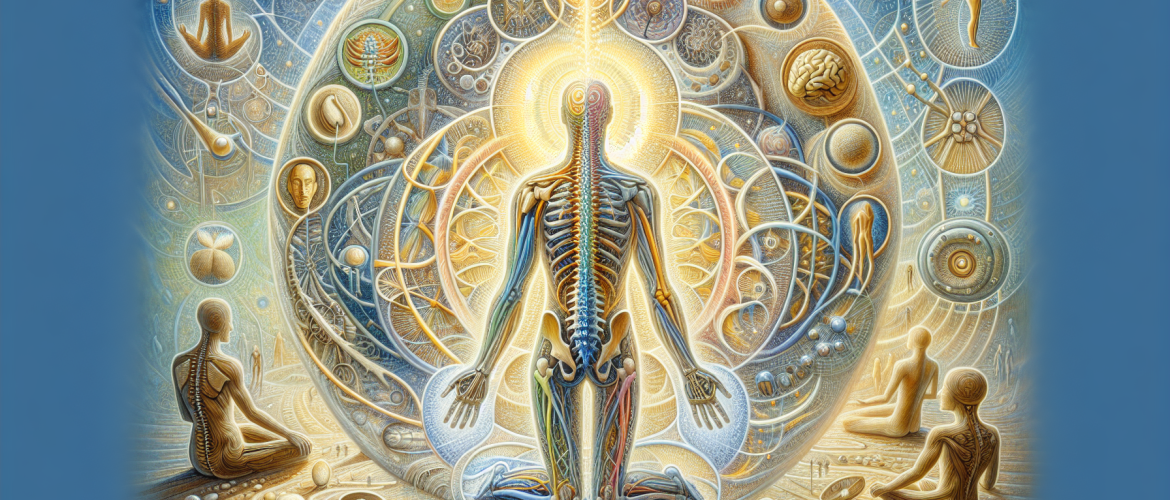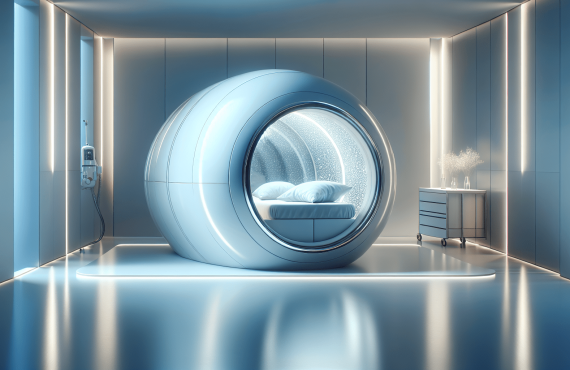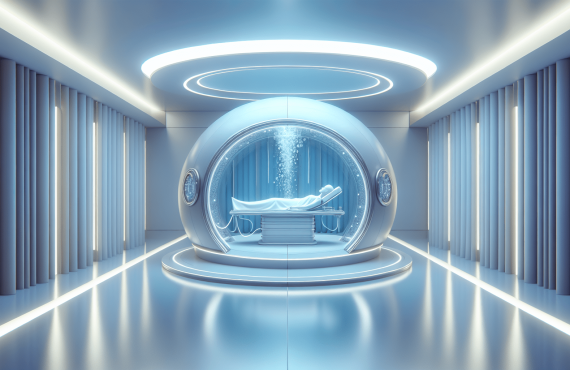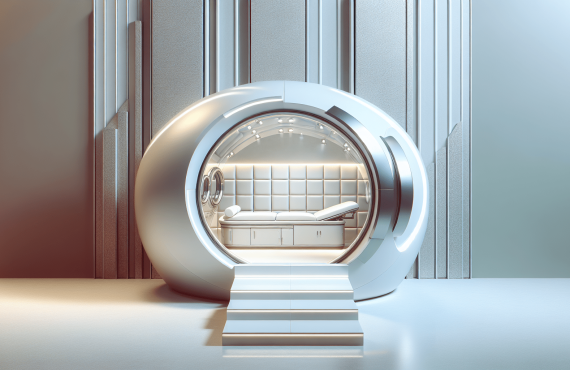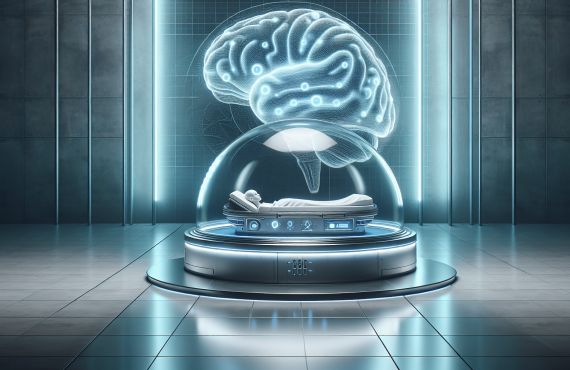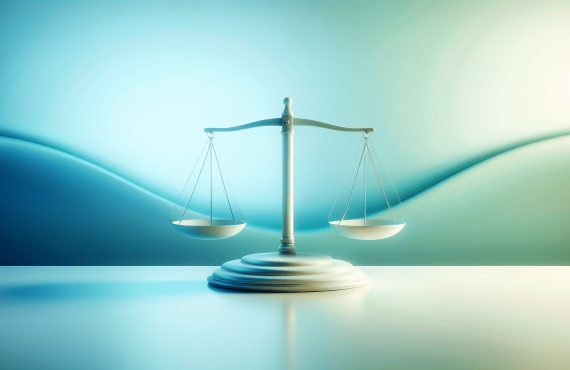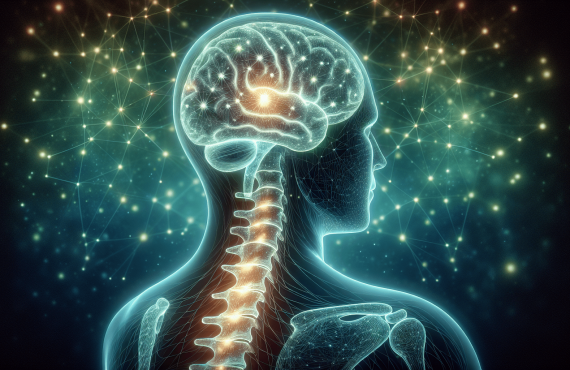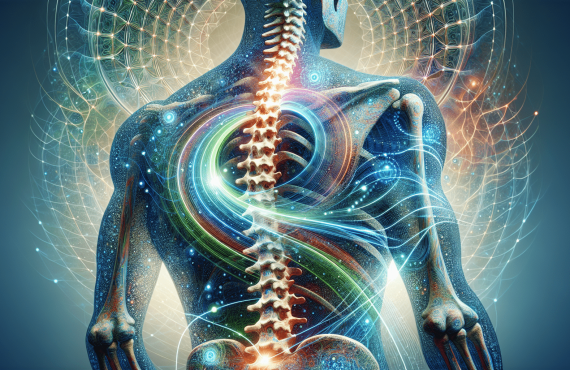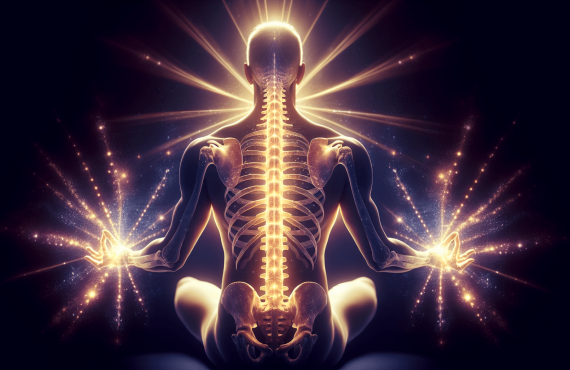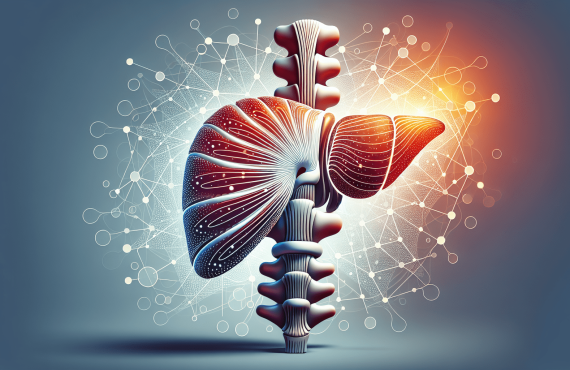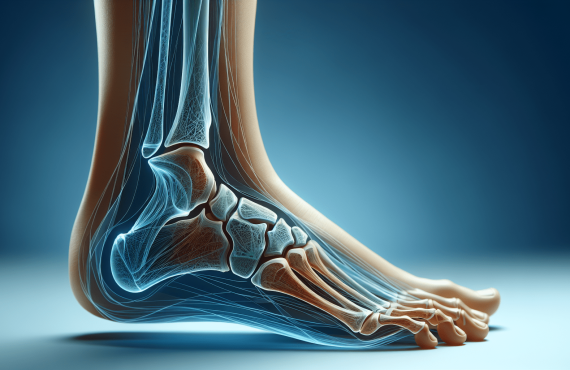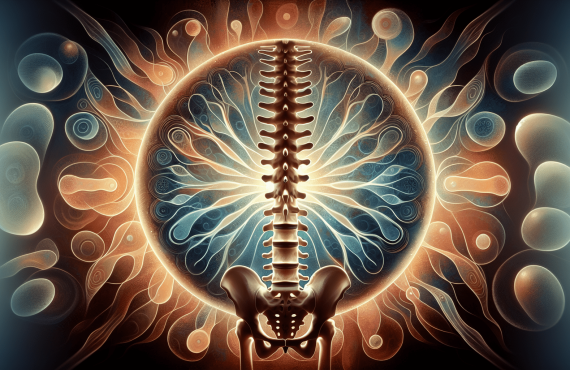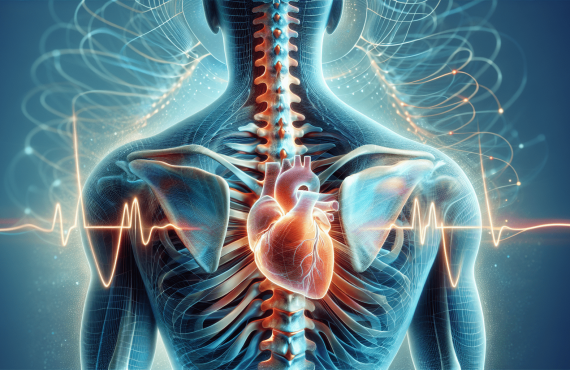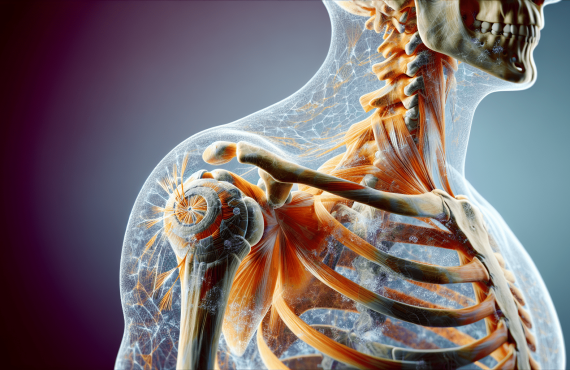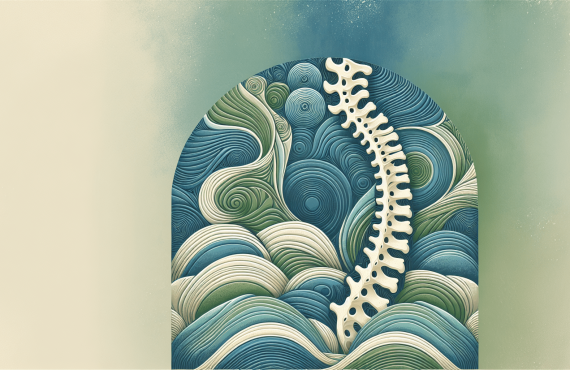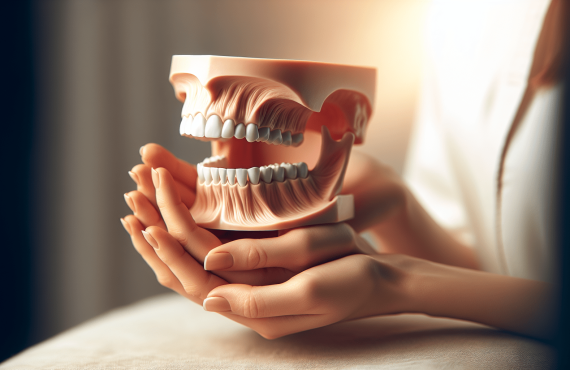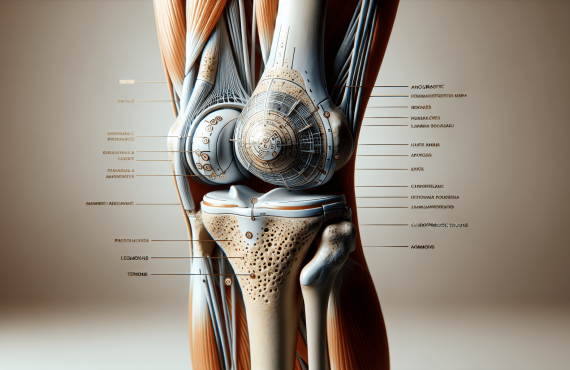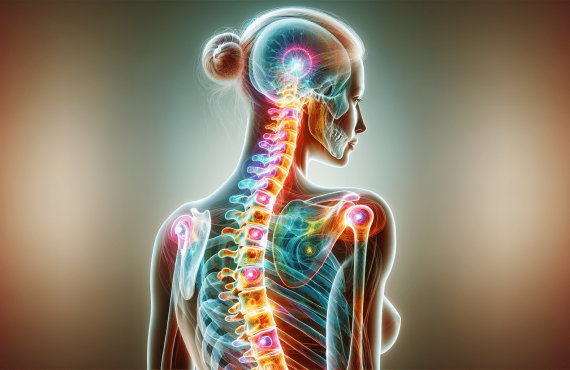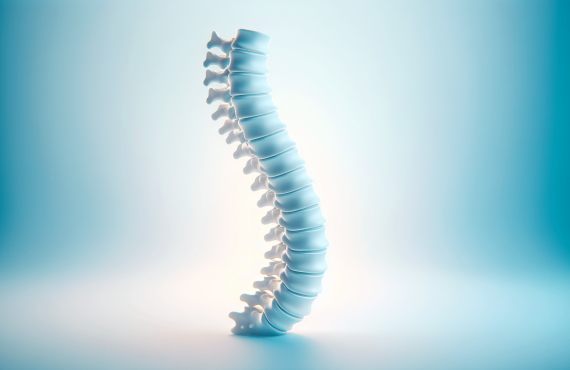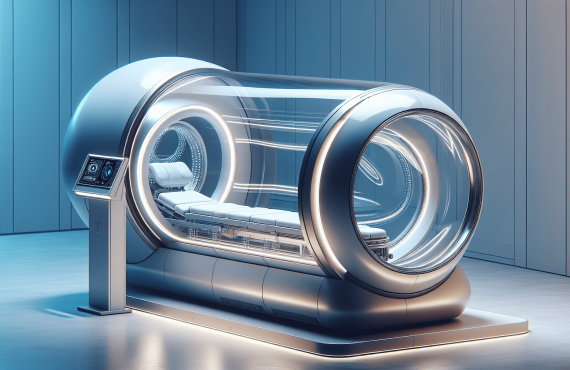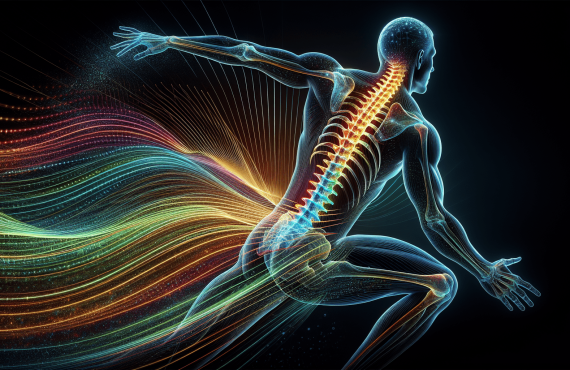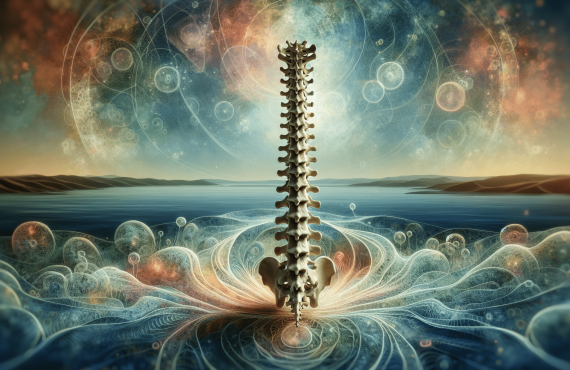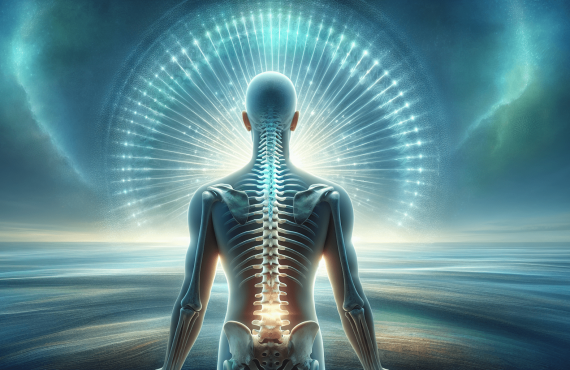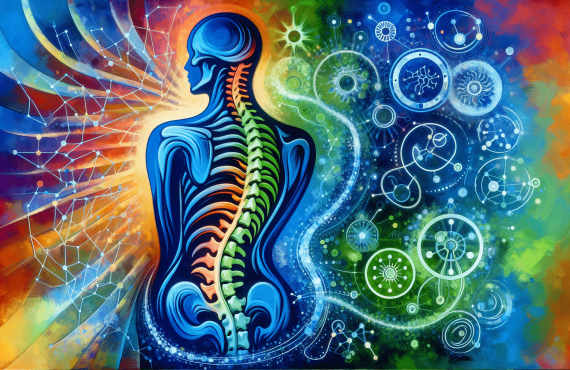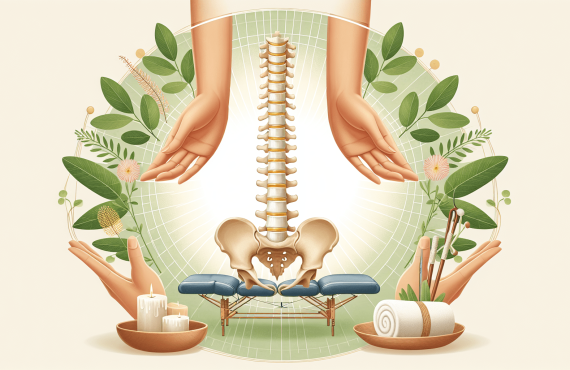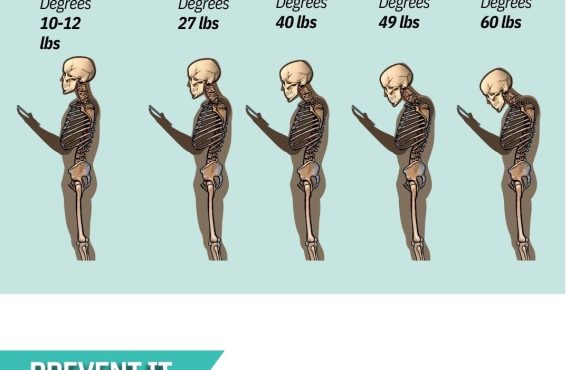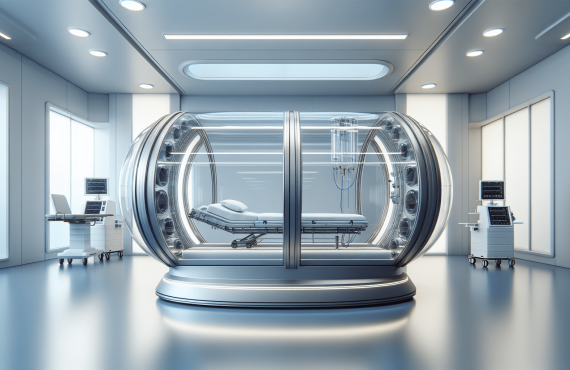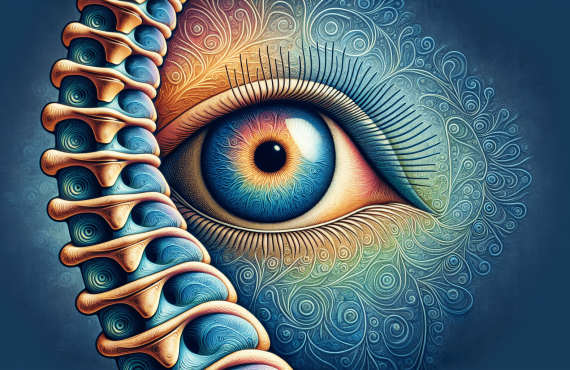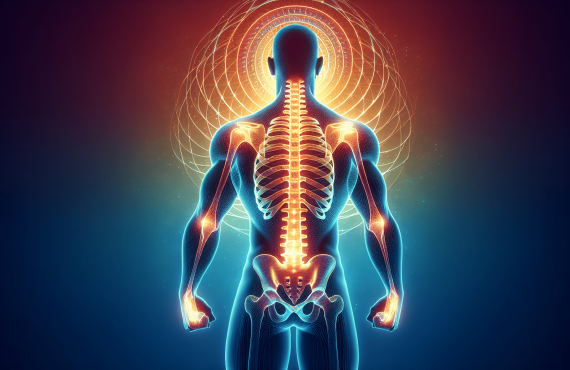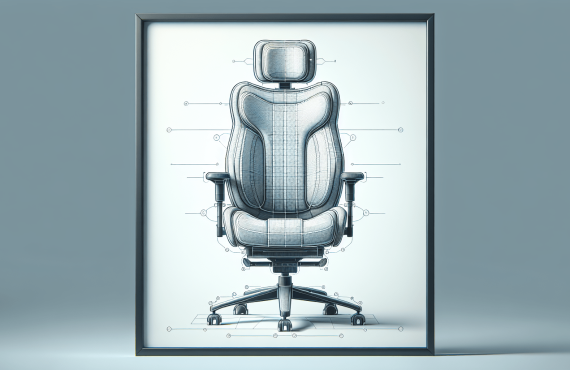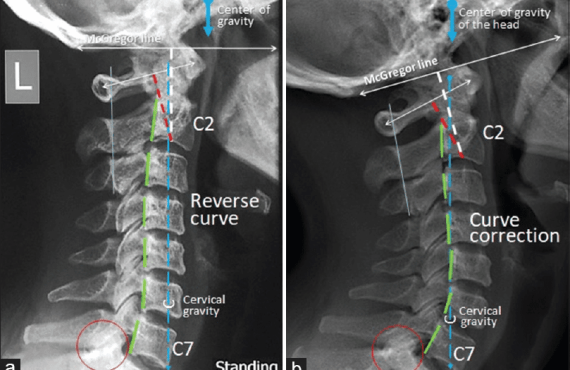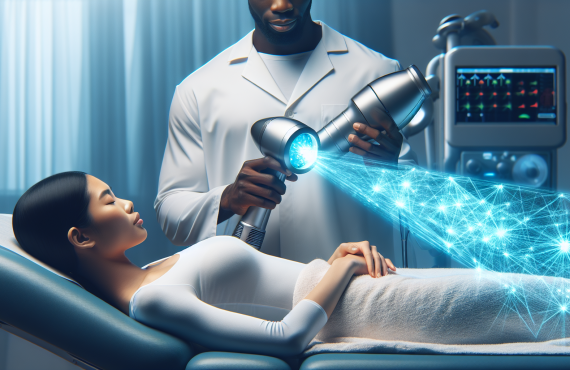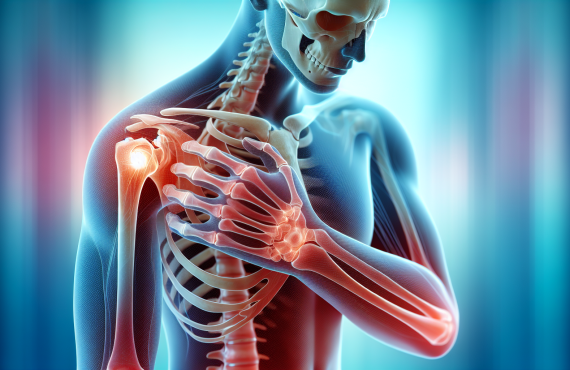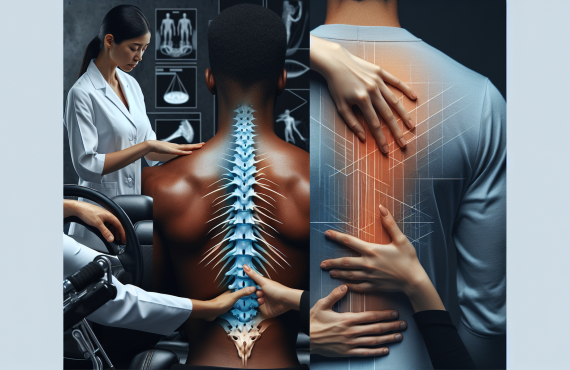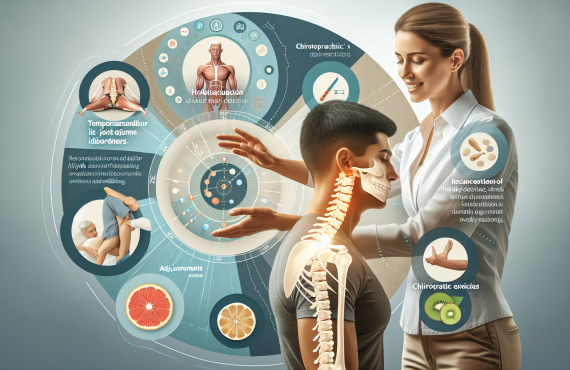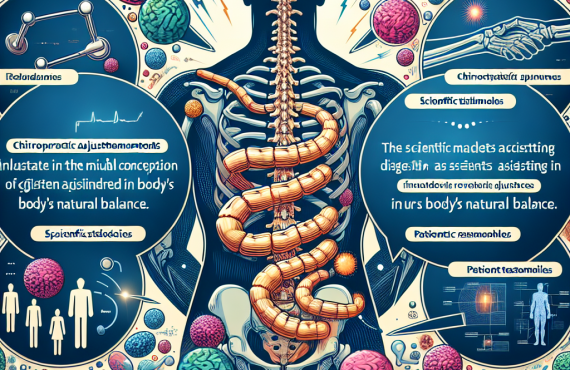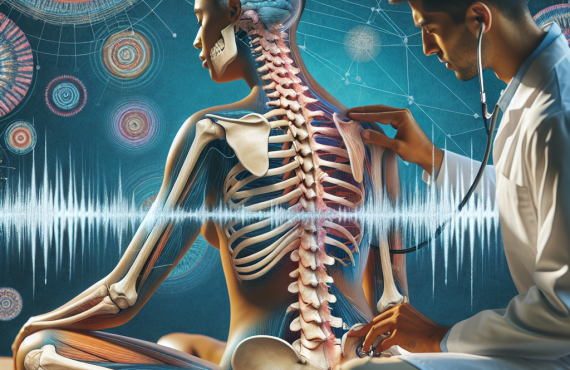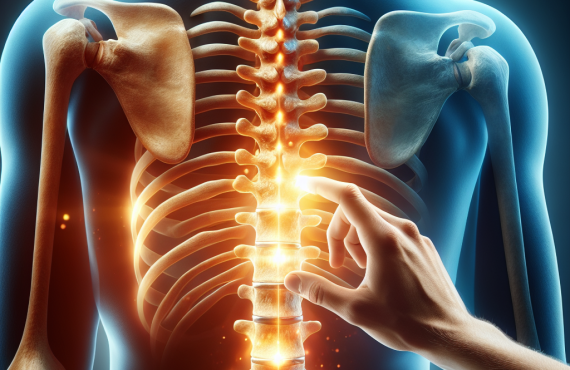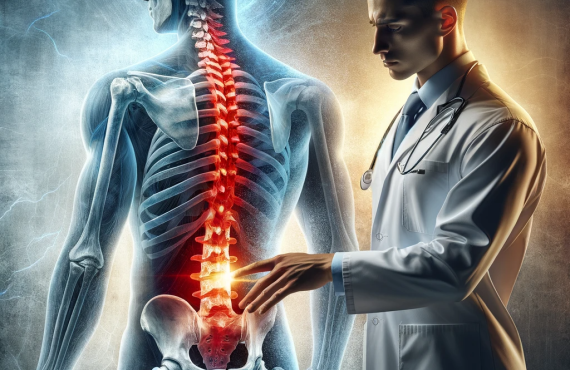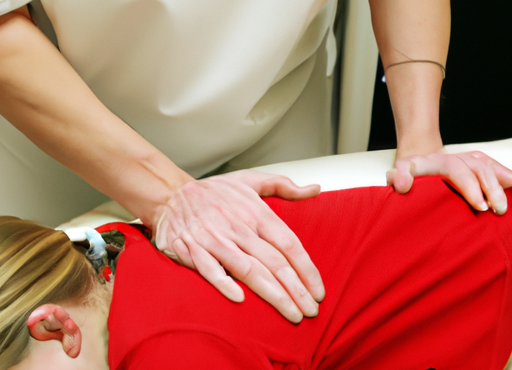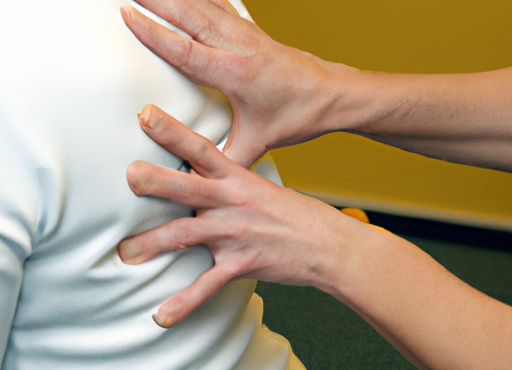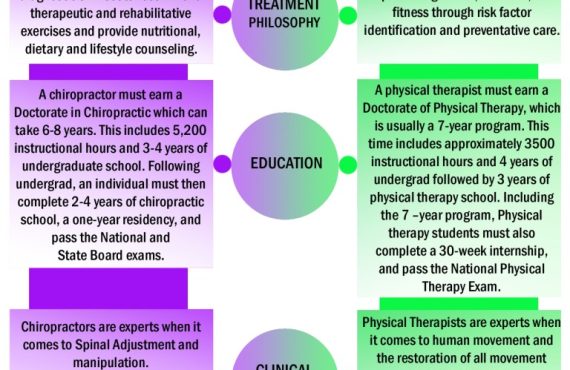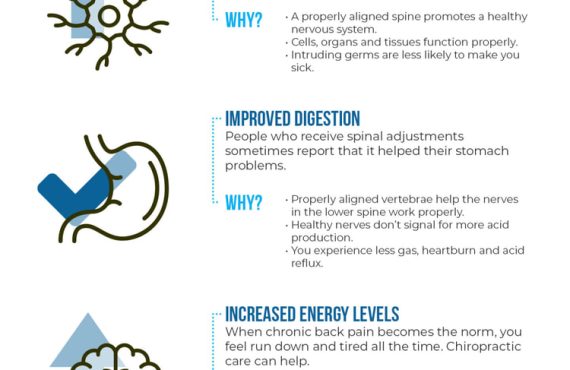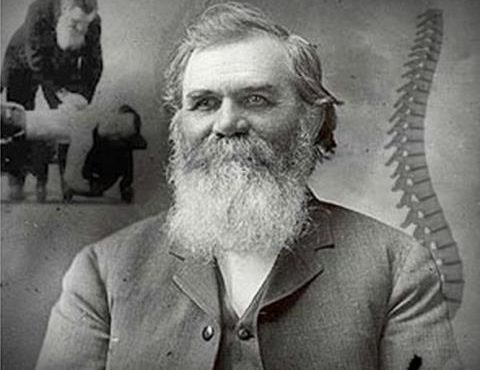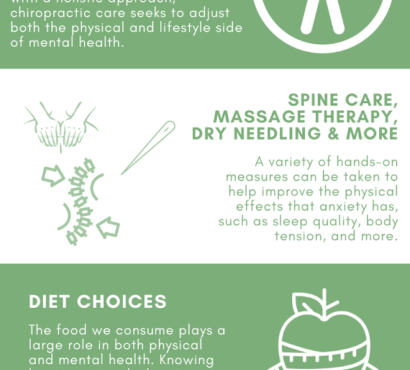Are you curious about the relationship between chiropractic and reflexology? Look no further! At Henry Chiropractic, owned and operated by Dr. Craig Henry, you will find answers and solutions to your health and wellness concerns. Dr. Henry, a licensed chiropractor serving Pensacola and the surrounding communities in Florida, offers chiropractic care to improve all areas of your life. Whether you’re experiencing back or neck pain or simply want to enhance your overall well-being, Dr. Henry is here to assist you. In addition, Dr. Aaron Hixon, another chiropractor at Henry Chiropractic, is passionate about helping others and utilizes a variety of chiropractic techniques to provide personalized care. With their expertise and dedication to your wellness, you can trust Henry Chiropractic to guide you on your journey towards a healthier, happier life.
Table of Contents
The Basics of Chiropractic
Definition of chiropractic
Chiropractic is a healthcare profession that focuses on the diagnosis, treatment, and prevention of mechanical disorders of the musculoskeletal system, particularly the spine. It is based on the principle that the body has an innate ability to heal itself, and that proper alignment of the musculoskeletal system allows for optimal functioning of the nervous system, leading to improved overall health and well-being.
Chiropractic techniques
Chiropractors use a range of techniques to manipulate the spine and other joints in the body. These techniques may include manual adjustments, spinal manipulation, mobilization, and soft tissue therapy. The goal of these techniques is to restore proper alignment and function to the musculoskeletal system, alleviate pain, and improve mobility and overall health.
Benefits of chiropractic care
Chiropractic care has numerous benefits for individuals seeking a natural and holistic approach to their health concerns. Some of the key benefits include:
-
Pain relief: Chiropractic adjustments can effectively relieve various types of pain, including back pain, neck pain, headaches, and joint pain.
-
Improved mobility: By restoring proper alignment and function to the musculoskeletal system, chiropractic care can improve flexibility, range of motion, and overall mobility.
-
Enhanced nervous system function: Chiropractic adjustments can optimize nervous system function by removing interference caused by misalignments in the spine. This can have positive effects on overall health and well-being.
-
Improved posture: Regular chiropractic care can help correct posture issues by addressing spinal misalignments. Improved posture not only enhances physical appearance but also supports better overall health.
-
Enhanced athletic performance: Chiropractic care can help athletes improve their performance by addressing musculoskeletal imbalances, reducing the risk of injuries, and promoting optimal recovery.
The Basics of Reflexology
Definition of reflexology
Reflexology is a complementary therapy that involves the application of manual pressure to specific points on the feet, hands, or ears. These points, known as reflexes, are believed to correspond to specific organs, glands, and other parts of the body. By stimulating these reflexes, reflexologists aim to promote balance and harmony within the body, stimulate natural healing processes, and improve overall well-being.
Principles of reflexology
Reflexology is based on the principle that there are reflexes in the hands, feet, and ears that are connected to specific organs and systems in the body. By applying pressure to these reflex points, reflexologists believe that they can stimulate energy flow and restore balance and harmony within the body. Reflexology is rooted in the belief that the body has the ability to heal itself, and that by accessing these reflex points, it is possible to facilitate healing and improve overall health.
Benefits of reflexology
Reflexology offers a wide range of benefits for individuals seeking a natural and non-invasive therapy. Some of the key benefits include:
-
Relaxation and stress relief: Reflexology promotes deep relaxation, reduces stress levels, and induces a sense of calm and well-being. It can also help alleviate symptoms of anxiety and depression.
-
Pain relief: Reflexology can help alleviate pain and discomfort by targeting specific reflex points that correspond to different parts of the body. It may be effective in reducing pain associated with conditions such as migraines, arthritis, and menstrual cramps.
-
Improved circulation: By stimulating reflex points, reflexology promotes better blood flow and circulation, which can support the delivery of oxygen and nutrients to the body’s cells and tissues.
-
Enhanced detoxification: Reflexology can aid in the elimination of toxins and waste products from the body by stimulating the lymphatic system and improving overall metabolism.
-
Support for overall well-being: Reflexology is a holistic therapy that promotes balance and harmony within the body. It can enhance energy levels, boost the immune system, improve sleep quality, and promote a sense of overall well-being.

The Overlapping Principles
Similarities between chiropractic and reflexology
While chiropractic and reflexology are distinct practices, they share some common principles and approaches:
-
Holistic perspective: Both chiropractic and reflexology view the body as a whole, interconnected system. They consider not only the symptoms but also the underlying causes and imbalances that may contribute to health issues.
-
Non-invasive techniques: Both chiropractic and reflexology utilize non-invasive techniques that do not involve drugs or surgery. Instead, they rely on manual therapies and stimulation of specific points to promote healing and overall well-being.
-
Individualized approach: Both practices take into account the unique needs and characteristics of each individual. Chiropractors and reflexologists tailor their treatments to address specific concerns and preferences of their patients.
Holistic approach to healing
Both chiropractic and reflexology embrace a holistic approach to healing, recognizing that the body has an innate ability to heal itself when properly supported. They focus on addressing the root causes of health issues, rather than merely treating symptoms. By encouraging balance and harmony within the body, these practices aim to optimize overall health and well-being.
Focus on the nervous system
Chiropractic and reflexology both recognize the importance of the nervous system in maintaining health and facilitating healing. Chiropractors emphasize the alignment and integrity of the spine, which houses and protects the spinal cord. Reflexologists, on the other hand, believe that by stimulating reflex points, they can positively influence the corresponding organs and systems connected to the nervous system. Both practices seek to optimize nervous system function to support overall health.
Chiropractic and Reflexology in Practice
Combining chiropractic and reflexology
Many individuals find that combining chiropractic and reflexology treatments can result in a synergistic effect, enhancing the overall benefits of both practices. By addressing both the physical alignment and the energetic balance of the body, this combination can provide a comprehensive approach to healing and wellness.
Case studies
There have been several case studies that illustrate the potential benefits of combining chiropractic and reflexology. These studies have demonstrated positive outcomes in various areas, including pain management, stress reduction, improved mobility, and overall well-being. However, it is important to note that individual results may vary, and further research is needed to establish the efficacy of this combination approach.
Patient experiences
Many individuals have reported positive experiences and outcomes when receiving both chiropractic and reflexology treatments. They have noted improvements in pain levels, increased mobility, stress reduction, and an overall sense of well-being. Patient testimonials often highlight the complementary nature of these two practices and the added benefits of combining them.

The Role of Chiropractors in Reflexology
Chiropractors trained in reflexology
Some chiropractors undergo additional training in reflexology to expand their scope of practice and offer a more comprehensive approach to patient care. By incorporating reflexology techniques into their treatments, chiropractors can address not only musculoskeletal issues but also promote balance and harmony within the body’s systems.
Benefits of chiropractors practicing reflexology
Chiropractors who practice reflexology can provide their patients with a more holistic and integrated approach to healing. By combining chiropractic adjustments with reflexology techniques, they can optimize the benefits of both practices, addressing physical alignment and energetic balance simultaneously. This combination approach may result in enhanced pain relief, improved overall health, and a deeper sense of relaxation and well-being for patients.
Integration of chiropractic and reflexology techniques
Chiropractors who incorporate reflexology into their practice may use reflexology points as a guide for spinal adjustments and overall treatment planning. By considering the reflex points that correspond to specific organs and systems, chiropractors can ensure comprehensive care and address not only the physical aspect of the condition but also its potential underlying causes.
The Role of Reflexologists in Chiropractic
Reflexologists trained in chiropractic techniques
Some reflexologists receive training in chiropractic techniques to expand their skill set and offer a more comprehensive approach to their clients. By incorporating chiropractic techniques, reflexologists can complement their existing practice and provide a more holistic and integrated approach to client care.
Benefits of reflexologists in chiropractic care
Reflexologists who practice chiropractic techniques can bring a unique perspective to chiropractic care. By incorporating their knowledge of reflexology, they can provide additional insights into the energetic aspects of the body and offer targeted treatments that address both the physical and energetic imbalances. This multi-dimensional approach can enhance the effectiveness of chiropractic care and lead to more comprehensive outcomes for patients.
Integration of reflexology and chiropractic techniques
Reflexologists who are trained in chiropractic techniques may integrate reflexology into their chiropractic treatments. By assessing reflex points and utilizing reflexology techniques, they can enhance chiropractic adjustments and promote optimal balance and healing within the body. This integration allows for a more holistic approach to chiropractic care and can result in improved patient outcomes.
Research on Chiropractic and Reflexology
Scientific studies on the relationship
While there is limited scientific research specifically focusing on the relationship between chiropractic and reflexology, both practices have been individually studied and researched. Studies have shown positive outcomes in areas such as pain management, improved function, and overall well-being for both chiropractic and reflexology.
Findings and outcomes
Research on chiropractic care has shown promising results in alleviating pain, improving mobility, and enhancing overall health and well-being. Reflexology studies have demonstrated positive outcomes in stress reduction, pain management, improved circulation, and relaxation. When both practices are combined, anecdotal evidence suggests that there may be added benefits, including enhanced pain relief, improved energy flow, and a deeper sense of relaxation and well-being.
Limitations and future directions
Due to the limited research specifically investigating the combination of chiropractic and reflexology, there are still some limitations in understanding the full extent of their relationship. Further studies are needed to explore the potential synergistic effects and mechanisms of action when these two practices are combined. Additionally, research should aim to identify specific patient populations that may benefit most from this integrated approach.
The Importance of Choosing the Right Practitioner
Finding a qualified chiropractor
When seeking chiropractic care, it is important to find a qualified practitioner who has received proper education and training. Look for chiropractors who are licensed, have a good reputation, and have experience in treating the specific condition or concern you have. Personal recommendations, online reviews, and consultations can help you make an informed decision.
Finding a qualified reflexologist
Similarly, when searching for a reflexologist, it is essential to find a qualified practitioner who has undergone proper training in reflexology. Look for certified reflexologists who are members of reputable reflexology associations and have a solid track record of providing effective treatments. Again, personal referrals and consultations can assist in finding the right practitioner for your needs.
Coordinated care between practitioners
To ensure the best outcomes, it is important for chiropractors and reflexologists to communicate and coordinate care when treating the same individual. By working together, they can create a comprehensive treatment plan that addresses both the physical and energetic aspects of the individual’s health concerns. This collaborative approach allows for a more holistic and integrated approach to care.
Frequently Asked Questions
Can chiropractic and reflexology treat the same conditions?
Chiropractic and reflexology can complement each other in treating various conditions. While their approaches may differ, they both aim to restore balance and promote healing in the body. Chiropractic care focuses on the musculoskeletal system, while reflexology targets energetic imbalances. When used together, these practices can provide comprehensive care and address a wide range of conditions.
Are there any contraindications to combining chiropractic and reflexology?
In general, there are no specific contraindications to combining chiropractic and reflexology. However, it is important for individuals to communicate openly with their chiropractors and reflexologists about any existing health conditions, injuries, or concerns. This allows the practitioners to tailor the treatments accordingly and ensure a safe and effective approach to care.
Can chiropractic and reflexology be used together alongside other treatments?
Yes, chiropractic and reflexology can be used alongside other treatments, such as conventional medicine or other complementary therapies. It is important to inform all healthcare providers about the different treatments you are receiving to ensure a coordinated approach and avoid potential conflicts or contraindications. Open communication and collaboration between practitioners can optimize patient care.
Conclusion
In conclusion, chiropractic and reflexology are distinct healthcare practices that share some common principles and approaches. Both practices offer unique benefits and can be used individually or in combination to address a range of health concerns. Whether you choose chiropractic care or reflexology, or opt for a combination of both, it is important to find qualified practitioners who understand your individual needs and preferences. By incorporating these practices into your healthcare routine, you can experience the potential for holistic and integrated care, supporting your overall health and well-being.


